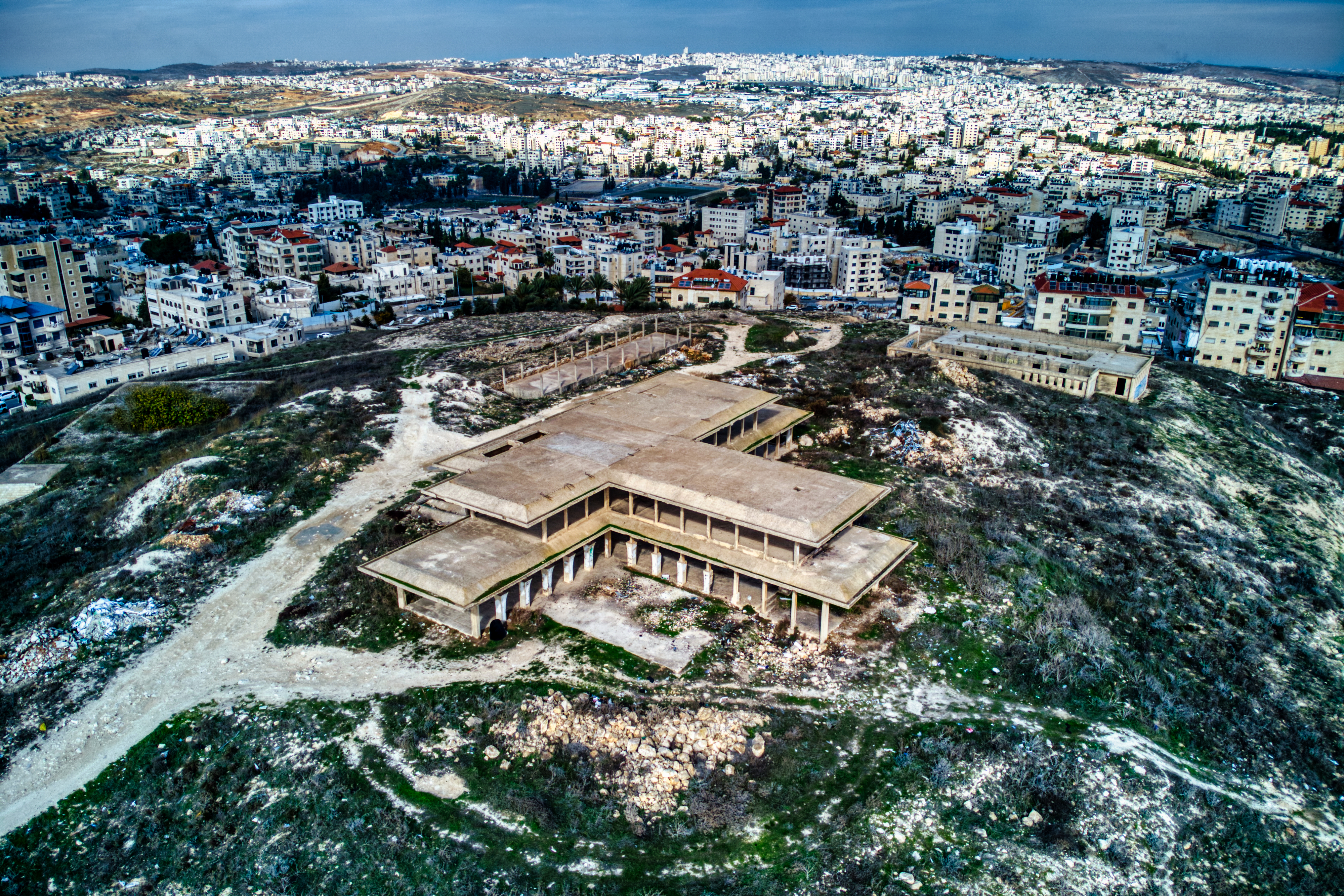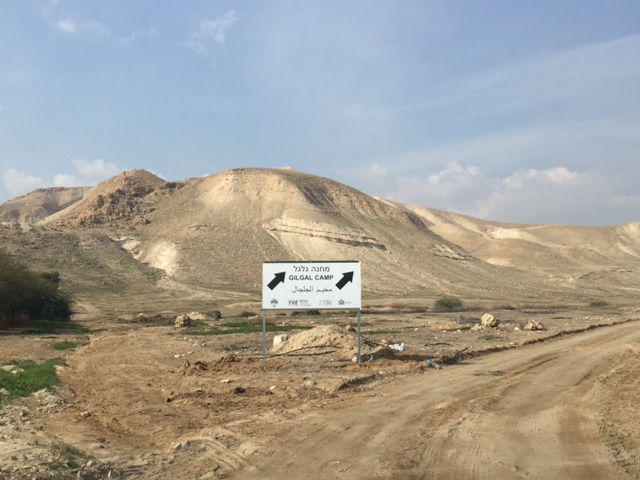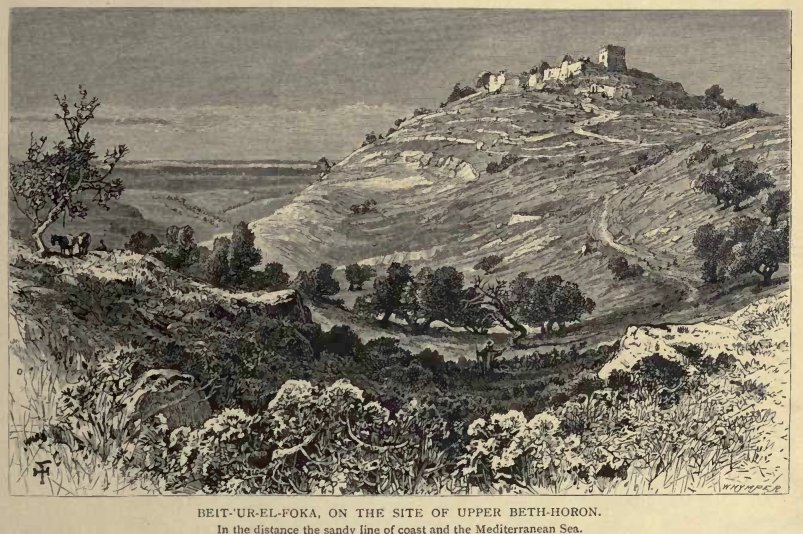|
1 Samuel 13
1 Samuel 13 is the thirteenth chapter of the First Book of Samuel in the Old Testament of the Christian Bible or the first part of the Books of Samuel in the Hebrew Bible. According to Jewish tradition the book was attributed to the prophet Samuel, with additions by the prophets Gad and Nathan, but modern scholars view it as a composition of a number of independent texts of various ages from c. 630–540 BCE. This chapter contains Saul's act of disobedience after his coronation. This is within a section comprising 1 Samuel 7–15 which records the rise of the monarchy in Israel and the account of the first years of King Saul. Text This chapter was originally written in the Hebrew language. It is divided into 23 verses. Textual witnesses Some early manuscripts containing the text of this chapter in Hebrew are of the Masoretic Text tradition, which includes the Codex Cairensis (895), Aleppo Codex (10th century), and Codex Leningradensis (1008). Extant ancient manuscript ... [...More Info...] [...Related Items...] OR: [Wikipedia] [Google] [Baidu] |
Books Of Samuel
The Book of Samuel (, ''Sefer Shmuel'') is a book in the Hebrew Bible, found as two books (1–2 Samuel) in the Old Testament. The book is part of the narrative history of Ancient Israel called the Deuteronomistic history, a series of books (Joshua, Judges, Samuel, and Kings) that constitute a theological history of the Israelites and that aim to explain God's law for Israel under the guidance of the prophets. According to Jewish tradition, the book was written by Samuel, with additions by the prophets Gad and Nathan, who together are three prophets who had appeared within 1 Chronicles during the account of David's reign. Modern scholarly thinking posits that the entire Deuteronomistic history was composed ''circa'' 630–540 BCE by combining a number of independent texts of various ages. The book begins with Samuel's birth and Yahweh's call to him as a boy. The story of the Ark of the Covenant follows. It tells of Israel's oppression by the Philistines, which brought about Sam ... [...More Info...] [...Related Items...] OR: [Wikipedia] [Google] [Baidu] |
Codex Vaticanus
The Codex Vaticanus ( The Vatican, Bibl. Vat., Vat. gr. 1209), designated by siglum B or 03 (in the Gregory-Aland numbering), δ 1 ( von Soden), is a fourth-century Christian manuscript of a Greek Bible, containing the majority of the Greek Old Testament and the majority of the Greek New Testament. It is one of the four great uncial codices. Along with Codex Alexandrinus and Codex Sinaiticus, it is one of the earliest and most complete manuscripts of the Bible. The codex has been dated palaeographically to the 4th century. The manuscript became known to Western scholars as a result of correspondence between Erasmus and the prefects of the Vatican Library. Portions of the codex were collated by several scholars, but numerous errors were made during this process. The codex's relationship to the Latin Vulgate was unclear and scholars were initially unaware of its value. This changed in the 19th century when transcriptions of the full codex were completed. It was at that point that ... [...More Info...] [...Related Items...] OR: [Wikipedia] [Google] [Baidu] |
Ramathaim-Zophim
Ramathaim-Zophim ( he, רמתיים־צופים), also called Ramah () and Ramatha in the Douay–Rheims Bible translation (Ramathaimsophim in the Vulgate), is a city from the Hebrew Bible, the home town and resting place of prophet Samuel. The name of the town means "the heights of the views." Identification Ramah, the home of Elkanah, Samuel's father (), the birthplace of Samuel and the seat of his authority (), the town is frequently mentioned in the history of that prophet and of David (). Here Samuel died and was buried (). The historian Josephus distinguishes between Ramathaim, "a city of the tribe of Ephraim," and Ramah, the burial place of Samuel the prophet. Ramathaim-Zophim has been tentatively identified with one of two sites. One of them is the modern Palestinian village of Nabi Samwil, the other the former village, now town, of er-Ram. Er-Ram as Ramah Ramah, according to Eusebius' '' Onomasticon'', was located 6 milestones north of Jerusalem (Ailia), opposite Beth ... [...More Info...] [...Related Items...] OR: [Wikipedia] [Google] [Baidu] |
Michmas
Michmas (; he, מִכְמָשׂ or מִכְמָס, lit=laid up (concealed) place, translit=Mīḵmās) was an Israelite and Jewish town located in the highlands north of Jerusalem. According to the Hebrew Bible, it belonged to the Tribe of Benjamin. It was the setting of the biblical Battle of Michmash, recounted in 1 Samuel 14. Michmas was inhabited during the Second Temple period, when, according to the Mishnah, its fine wheat was brought to the Temple. Michmas is identified with the Palestinian village of Mukhmas in the West Bank, which preserves its ancient name. The nearby Israeli settlement Ma'ale Mikhmas, founded in 1981, is also named after the biblical town. Location Michmas was located near Geba, east of Bethel and south of Migron, and on the road to Jerusalem. Michmas lay on the line of march of an invading army from the north, on the north side of the steep and precipitous Nahal Michmas stream, known in Arabic as Wadi es-Suweinit ("valley of the little thorn-tre ... [...More Info...] [...Related Items...] OR: [Wikipedia] [Google] [Baidu] |
Gilead
Gilead or Gilad (; he, גִּלְעָד ''Gīləʿāḏ'', ar, جلعاد, Ǧalʻād, Jalaad) is the ancient, historic, biblical name of the mountainous northern part of the region of Transjordan.''Easton's Bible Dictionary''''Galeed''/ref> The region is bounded in the west by the Jordan River, in the north by the deep ravine of the river Yarmouk and the region of Bashan, and in the southwest by what were known during antiquity as the “plains of Moab”, with no definite boundary to the east. In some cases, “Gilead” is used in the Bible to refer to all the region east of the Jordan River. Gilead is situated in modern-day Jordan, corresponding roughly to the Irbid, Ajloun, Jerash and Balqa Governorates. Gilead is also the name of three people in the Hebrew Bible, and a common given name for males in modern-day Israel. Etymology Gilead is explained in the Hebrew Bible as derived from the Hebrew words , which in turn comes from ('heap, mound, hill') and ('witness, te ... [...More Info...] [...Related Items...] OR: [Wikipedia] [Google] [Baidu] |
Gibeah
Gibeah (; he, גִּבְעָה ''Gīḇəʿā''; he, גִּבְעַת, link=no ''Gīḇəʿaṯ'') is the name of three places mentioned in the Hebrew Bible, in the tribes of Benjamin, Judah, and Ephraim respectively. Gibeah of Benjamin is the most commonly mentioned of the places. In the Book of Judges, it is the main setting to the story of the Benjaminite War. Later, in the Book of Samuel, it is mentioned as the first capital of the united Kingdom of Israel under king Saul. Gibeah of Benjamin is generally identified with ''Tell el-Fūl'' in northern Jerusalem. Etymology Gibeah is a Hebrew word meaning "hill" ( he, גִּבְעָה, translit=Giv'ah). Gibeah of Benjamin Biblical narrative Gibeah in the tribe of Benjamin was the location of the infamous rape and murder of the Levite's concubine, and the resulting Battle of Gibeah (). Israel’s first king, King Saul, reigned here for 22 years (). According to PEF explorer C.R. Conder, the name may h ... [...More Info...] [...Related Items...] OR: [Wikipedia] [Google] [Baidu] |
Gilgal
Gilgal ( he, גִּלְגָּל ''Gilgāl''), also known as Galgala or Galgalatokai of the 12 Stones ( grc-gre, Γαλαγα or , ''Dōdekalithōn''), is the name of one or more places in the Hebrew Bible. Gilgal is mentioned 39 times, in particular in the Book of Joshua, as the place where the Israelites camped after crossing the Jordan River (Joshua 4:19 – 5:12). The Hebrew term ''Gilgal'' most likely means "circle of stones". Its name appears in Koine Greek on the Madaba Map. Places named Gilgal in the Bible In Joshua 4–5 According to Joshua 4:19, Gilgal is a location "on the eastern border of Jericho" where the Israelites encamped immediately after crossing the Jordan River. There, they erected 12 stones as a memorial to the miraculous stopping of the river when they crossed. Joshua then ordered the Israelites who had been born during the Exodus to be circumcised at this spot. The Bible refers to this place as ''Givat Ha'aralot'', then says that Joshua called the place ... [...More Info...] [...Related Items...] OR: [Wikipedia] [Google] [Baidu] |
Bethoron
Bethoron ( he, בֵית־חוֹרֹ֔ן, lit=house of Horon; grc, Ὡρωνείν), also Beth-Horon, was the name of two adjacent ancient towns strategically located on the Gibeon-Aijalon road, guarding the "ascent of Beth-Horon". The towns are mentioned in the Hebrew Bible and in other ancient sources: Upper Bethoron appears in ''Joshua'' and Lower Bethoron in ''Joshua'' and ''1 Chronicles'' and I Maccabees 3:16. The ancient towns of Upper Bethoron and Lower Bethoron are identified respectively with the present day Palestinian Arab villages of Beit Ur al-Fauqa and Beit Ur al-Tahta, which are believed to preserve the ancient names. Etymology The Hebrew name Bethoron (Beit Horon, ) is derived from the name of an Egypto- Canaanite deity, ''Horon'', mentioned in Ugaritic literature. The city is mentioned among the cities and towns smitten by Sheshonq I in his inscription at the Temple of Karnak as Batae Houarn. History Upper Bethoron is mentioned several times in the Hebrew B ... [...More Info...] [...Related Items...] OR: [Wikipedia] [Google] [Baidu] |
Bethel
Bethel ( he, בֵּית אֵל, translit=Bēṯ 'Ēl, "House of El" or "House of God",Bleeker and Widegren, 1988, p. 257. also transliterated ''Beth El'', ''Beth-El'', ''Beit El''; el, Βαιθήλ; la, Bethel) was an ancient Israelite sanctuary frequently mentioned in the Hebrew Bible. Bethel is first referred to in the bible as being near where Abram pitched his tent. Later, Bethel is mentioned as the location where Jacob dreams of a ladder leading to heaven, and which he therefore named Bethel, "House of God". The name is further used for a border city located between the territory of the Israelite tribe of Benjamin and that of the tribe of Ephraim, which first belonged to the Benjaminites and was later conquered by the Ephraimites. In the 4th century CE, Eusebius of Caesarea and Jerome described Bethel as a small village that lay 12 Roman miles north of Jerusalem, to the right or east of the road leading to Neapolis.Robinson and Smith, 1856, pp. 449–450. Most schola ... [...More Info...] [...Related Items...] OR: [Wikipedia] [Google] [Baidu] |
Mizpah In Benjamin
Mizpah ( he, מִצְפָּה ''miṣpāh'', 'watch-tower, look-out') was a city of the tribe of Benjamin referred to in the Hebrew Bible. Tell en-Nasbeh is one of three sites often identified with Mizpah of Benjamin, and is located about 12 kilometers north of Jerusalem. The other suggested locations are Nabi Samwil, which is some 8 kilometers north-west of the Old City of Jerusalem (situated on the loftiest hill in the vicinity, above the plain of Gibeon), and Sh'afat, a village situated on a flat spur to the northwest of Jerusalem and where Jerusalem is visible from the village. Biblical references The first mention of Mizpah was in Genesis where Laban and his son-in-law Jacob made an agreement that God will watch over them while they were apart from each other. It was marked by the piling of rocks. It was a reminder of peace where each would not go beyond these rocks to attack the other. When a Levite traveler's concubine was raped by the men of Gibeah, the other tribes of ... [...More Info...] [...Related Items...] OR: [Wikipedia] [Google] [Baidu] |






